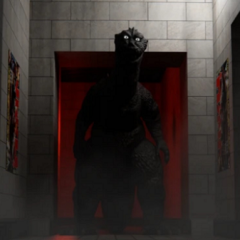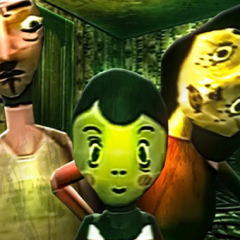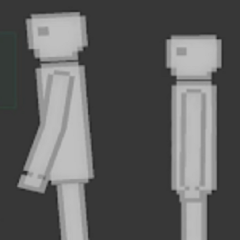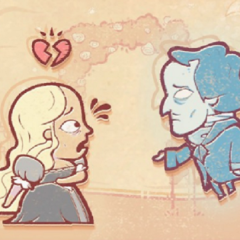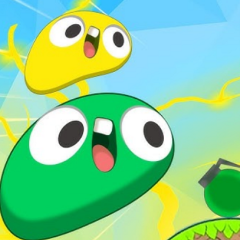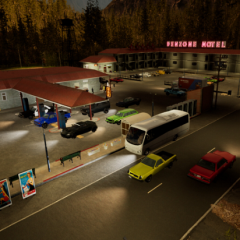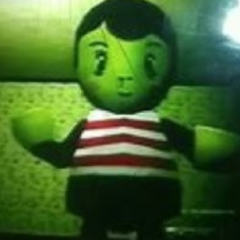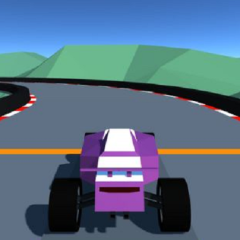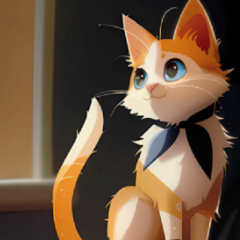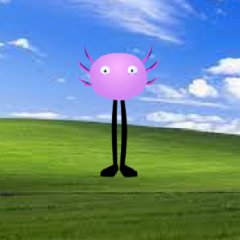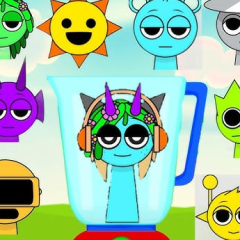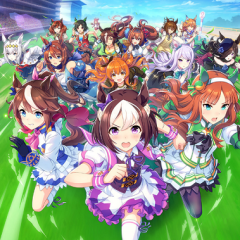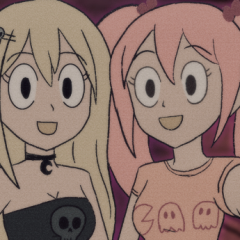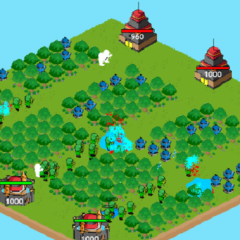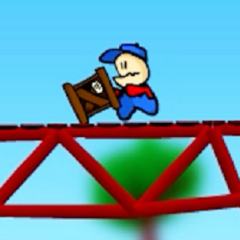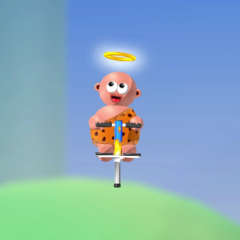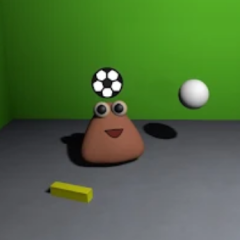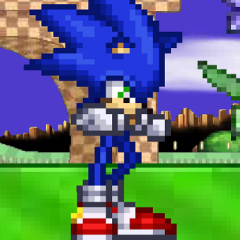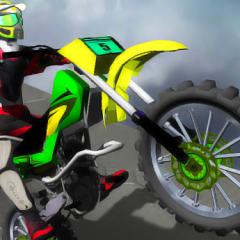Desktop Destroyer presents a break from traditional gaming by offering players a chance to unleash virtual destruction right on their desktop. Instead of controlling a character or solving puzzles, players are handed a series of unusual tools that mimic damage to the screen. It turns the everyday interface into something unexpected, transforming routine computer use into a space for playful digital chaos. The game does not require objectives or progression, allowing the user to engage freely and explore each feature.
An Assortment of Destruction Tools
At the heart of Desktop Destroyer is a collection of animated tools, each with a unique function. Some create visual cracks or burns, while others simulate gunfire or insects eating through the desktop. Players can switch tools at any time, experimenting with different combinations for various visual effects. Since there is no risk to the real operating system, this simulated destruction becomes a low-pressure way to explore something out of the ordinary.
Popular options include:
- Drill
- Flame gun
- Eraser
- Jackhammer
- Termite infestation
- Nuclear strike
- Stamp tool
- Sniper shot
Stress Relief Through Simulation
Many players find Desktop Destroyer appealing because of its stress-relieving nature. The act of tearing through a screen with no real damage involved offers a sense of release. There are no enemies, timers, or game-over screens to worry about. Instead, the game functions more like a digital toy that responds to the player’s input with exaggerated effects and visual reactions. This gives users a sense of control over their digital space in a light-hearted and consequence-free setting.
Accessible and Immediate
One of the defining features of Desktop Destroyer is how quickly it can be launched and used. There’s no need for detailed tutorials, downloads, or configuration. The tools are simple to activate and require minimal input, making the experience accessible to all age groups and experience levels. It works well for users looking to take a short mental break or simply entertain themselves without diving into a complex game world.
A Reminder of Early Digital Fun
While Desktop Destroyer might seem simplistic by modern gaming standards, its charm lies in how different it is from traditional titles. It doesn’t aim to tell a story or challenge skill—it’s designed for instant amusement. Its continued popularity can be attributed to the nostalgia it brings to users who encountered it on early versions of Windows, where simple games had a place on many home and office computers. Even today, it continues to offer a small but satisfying dose of digital mischief.



